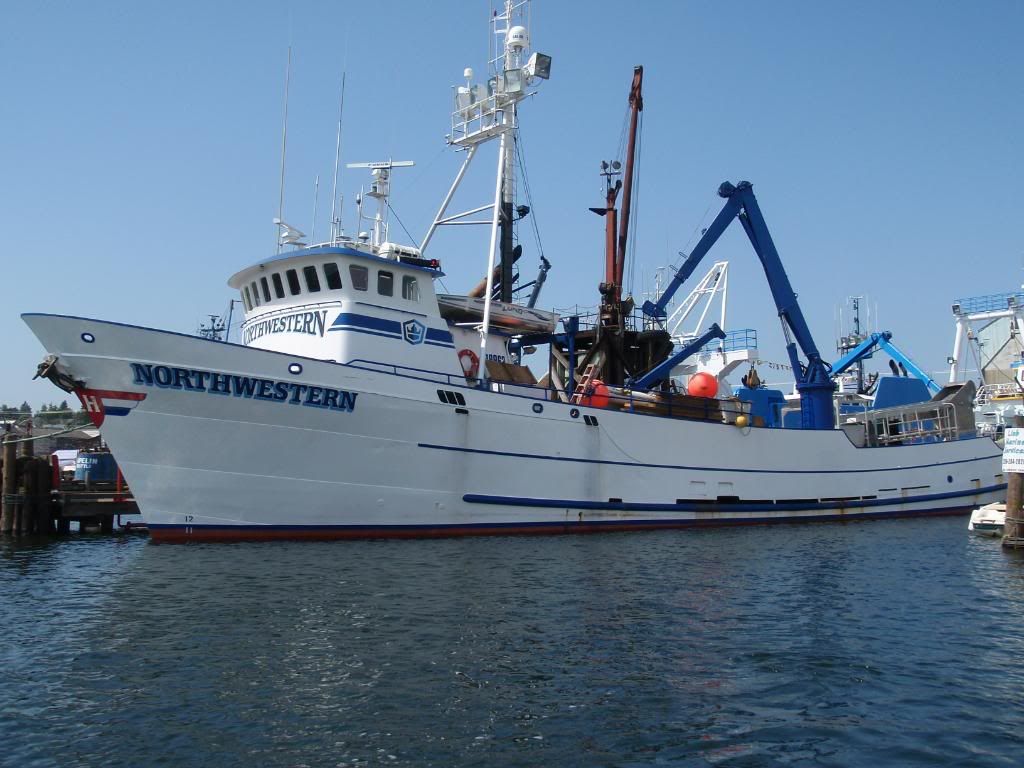Saturday Pictures on Wednesday
July 29, 2015
(click to enlarge)
We snapped some photos on our way back to Bozeman from Seattle. I always check out the wind farms; there are a couple east of the Cascades adjacent to I-90. A front was coming through with gusty winds. Blades were twirling this time.
Pasture and an out building.
Abandoned railroad trestle crossing I-90.
When we got near Deer Lodge, Montana, we looked up and sure enough there was fresh fallen snow atop the highest peak -- a sight not usually seen before September.
Fresh snowfall appeared above Anaconda as well.
And fresh white snow was across the mountain tops east of Butte.
At dusk the temperature at Homestake pass had already dropped to 44 degrees Fahrenheit, a huge contrast to the 108 degree temperature we encountered in Spokane on the way out. At home that night the low was 38. Happy to be home again.

















